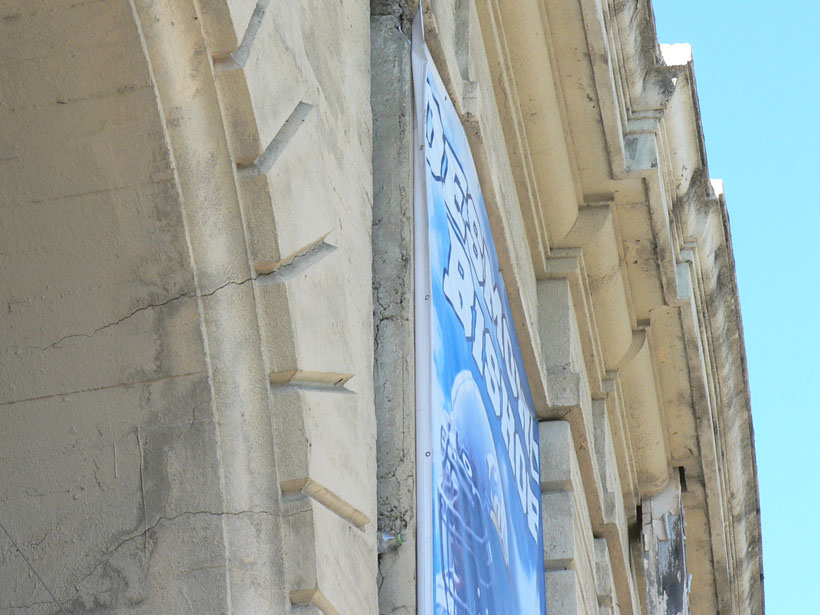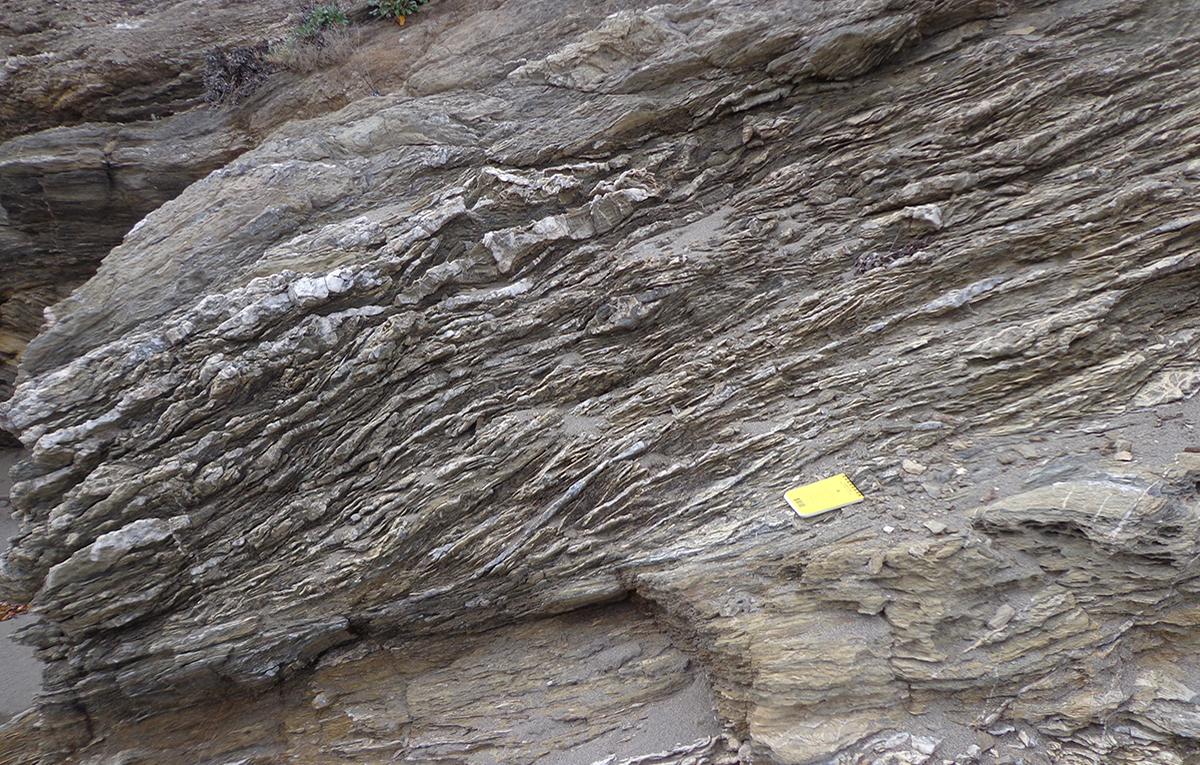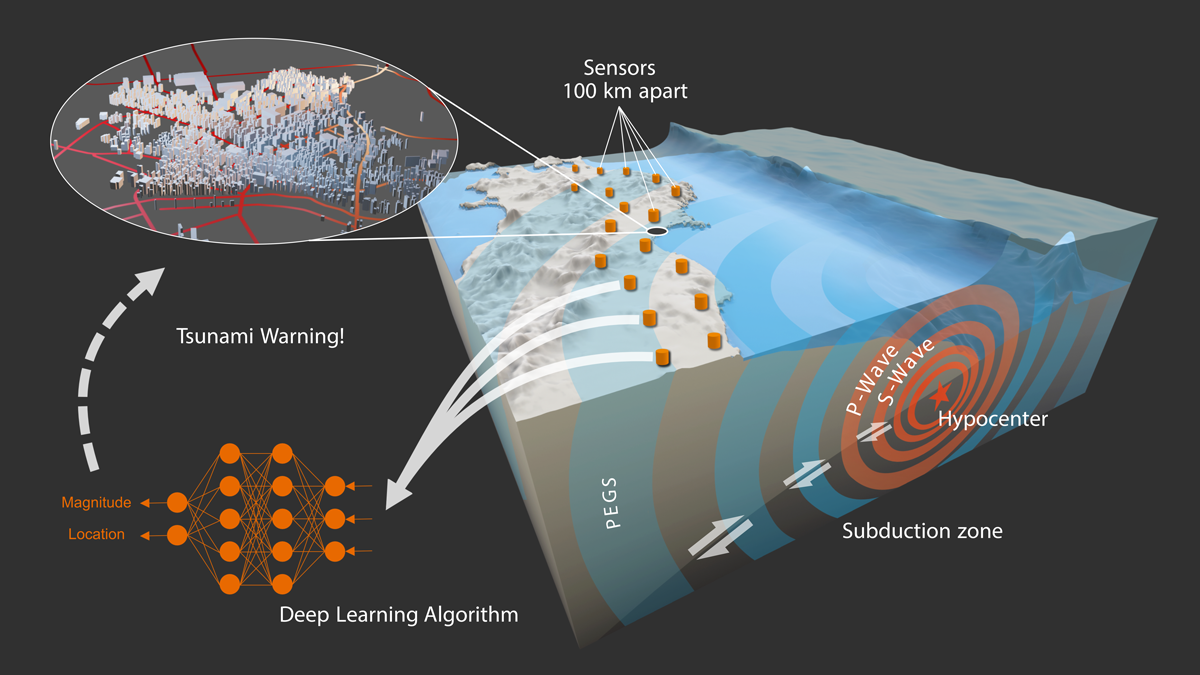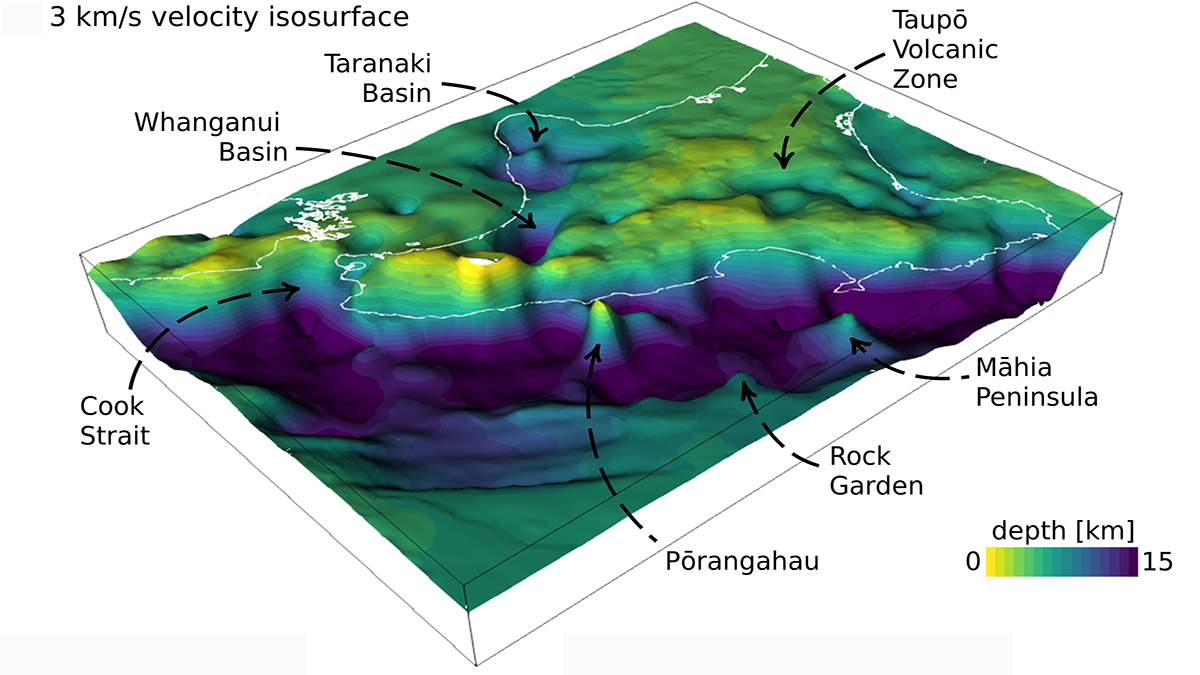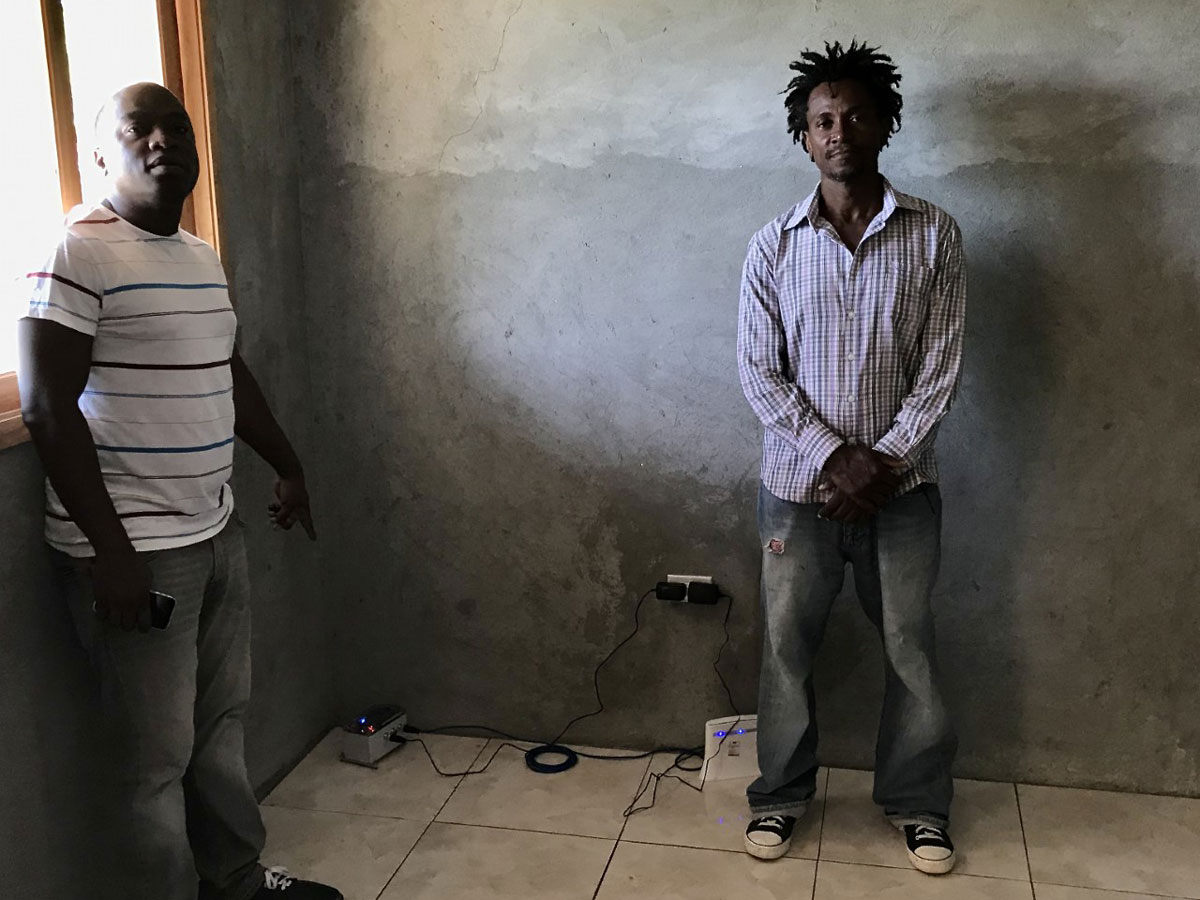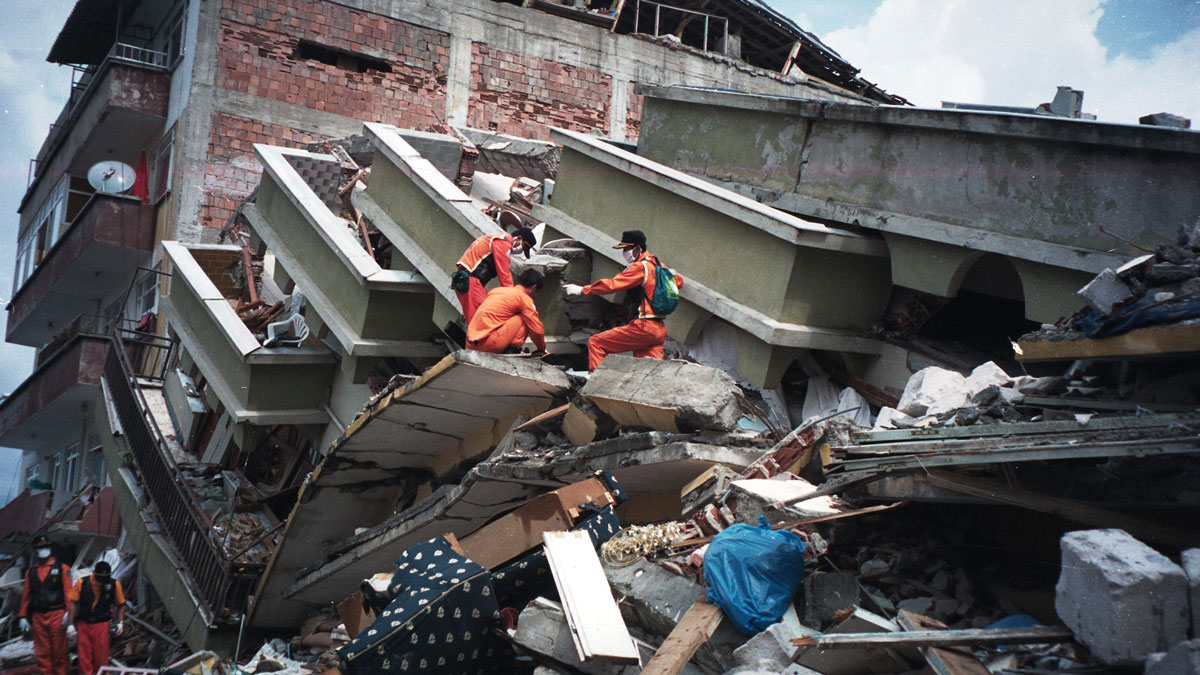国际社会推动的努力为断层滑动模拟提供了信心,同时突出了其中的关键差异。
earthquakes
The Big Data Revolution Unlocks New Opportunities for Seismology
The field of seismology is entering a new era where our understanding of earthquakes and the solid earth is increasingly driven by new Big Data experiments and algorithms.
The Kinetics of the Seismic Cycle
Large earthquakes are necessarily punctuated by some degree of strength recovery, such as “fault healing”, but does quartz cementation during fluid-fault interactions facilitate that process?
“Landslide Graveyard” Holds Clues to Long-Term Tsunami Trends
A new project looks to unearth information about and learn from ancient underwater landslides buried deep beneath the seafloor to support New Zealand’s resilience to natural hazards.
Monitoring Earthquakes at the Speed of Light
New research uses gravity and a machine learning model to instantaneously estimate the magnitude and location of large earthquakes.
Rock Music in Utah
Three-dimensional models could help forecast rock tower frequencies—and seismic impacts—around the globe.
Earthquake Modelers Unite to Compare and Improve Code
International community–driven efforts lend confidence to fault-slip simulations while highlighting key discrepancies.
Adjoint Tomography Illuminates Hikurangi Margin Complexity
Waveform inversion of regional earthquakes reveals velocity anomalies interpreted as subducting seamounts that control an enigmatic segmentation in plate coupling along the Hikurangi margin.
Community Science Builds a Seismic Network in Haiti
Small, inexpensive seismometers are capable of sharing high-quality data in real time—and were put to the test during an August 2021 earthquake.
Do Earthquakes and Tectonic Plates Have a Two-Way Relationship?
A catastrophic earthquake in Turkey in 1999 changed the motion of the Anatolian plate, according to a study that could change the fundamentals of quake models.

